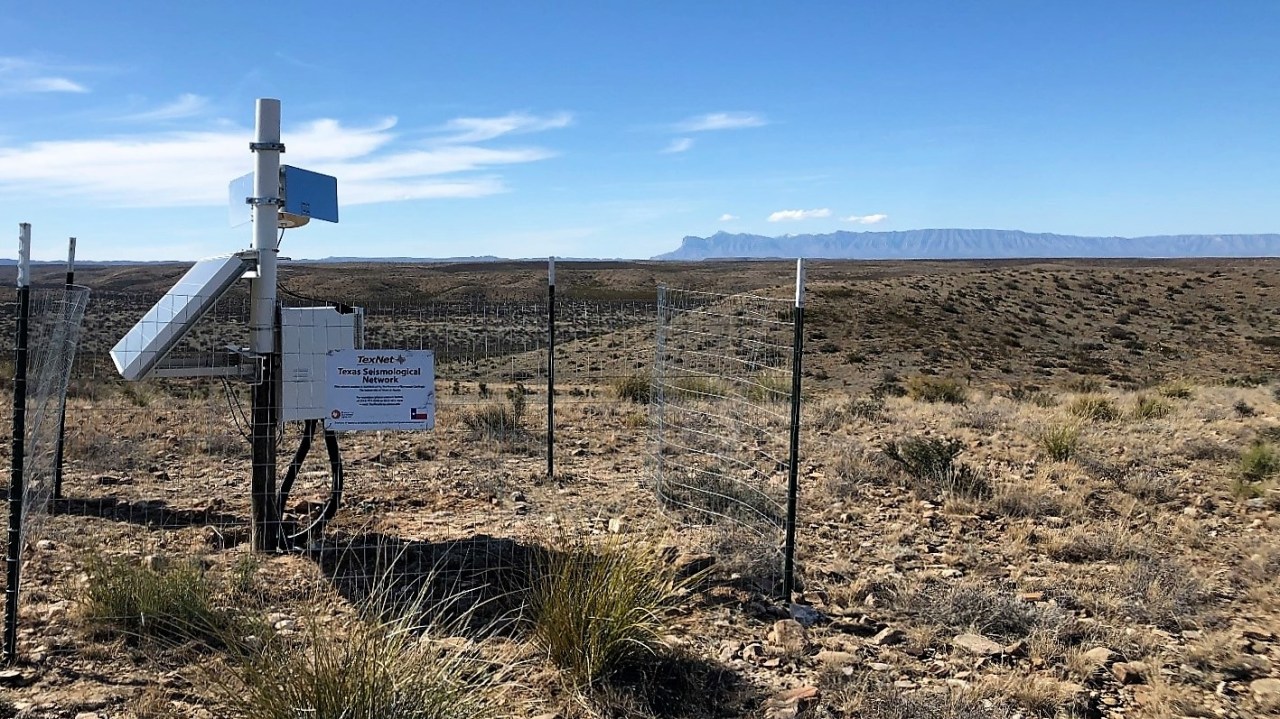Editor’s note: The above video is from May 2019 and breaks down the prevalence of Texas earthquakes.
AUSTIN (KXAN) — A team of scientists at the University of Texas at Austin discovered seismic activity is moving northeast in the Midland Basin, after reviewing multiple years of tracked earthquake activity in the area.
UT Austin announced the findings Monday, adding the research has been published in the journal “Seismological Research Letters.” The release noted past earthquakes have tended to happen in the southwestern area near Odessa and Midland, researchers found “a seismicity trend moving along a newly identified and extensive seismogenic fault zone” stretching toward the northeastern part of the Midland Basin.
“The fault zone has been activated, and it has the capability to trigger additional earthquakes that can be felt by humans, especially because it’s so close to major cities along Interstate 20,” said Dino Huang — a research assistant professor at the Jackson School of Geosciences who led the research — in the release.
Researchers used the seismic monitoring network TexNet, which is overseen by the Jackson School of Geosciences’ Bureau of Economic Geology research unit. TexNet data detected 1,305 earthquakes in the region from January 2017 to November 2023, with the release noting the majority of them were small and didn’t cause any damages.
TexNet’s seismometers help record ground motions related to seismic activity in order to help identify earthquakes. That data is then used to evaluate the depth, location and orientation of geologic faults.
When analyzing the data, researchers can then help identify previously unmapped portions of the Midland Basin’s fault system. Through those fault system updates, research team members pinpointed 15 earthquake-producing zones, defined as areas where “earthquakes have already occurred and where the quakes can be traced back to common sources of stress in the surface,” per the release.
Teammates merged data on earthquake frequency and magnitude from all the zones to help outline where future earthquakes could happen, the release added. The data analysis also revealed basin seismicity has increased since 2018.
The Midland Basin is a key oil and gas extraction site in Texas, per the release.
“Over time, the injection of wastewater from these operations into the subsurface has introduced stress along faults that has triggered earthquakes. According to the researchers, data from TexNet is helping them understand that state of stress on the fault system and how to mitigate induced seismicity associated with it,” the release read in part. “Also, knowing which regions where earthquakes are more likely to occur can help operators make adjustments to wastewater injection operations to keep stress low and the basin productive.”
More details on the research is available online.
